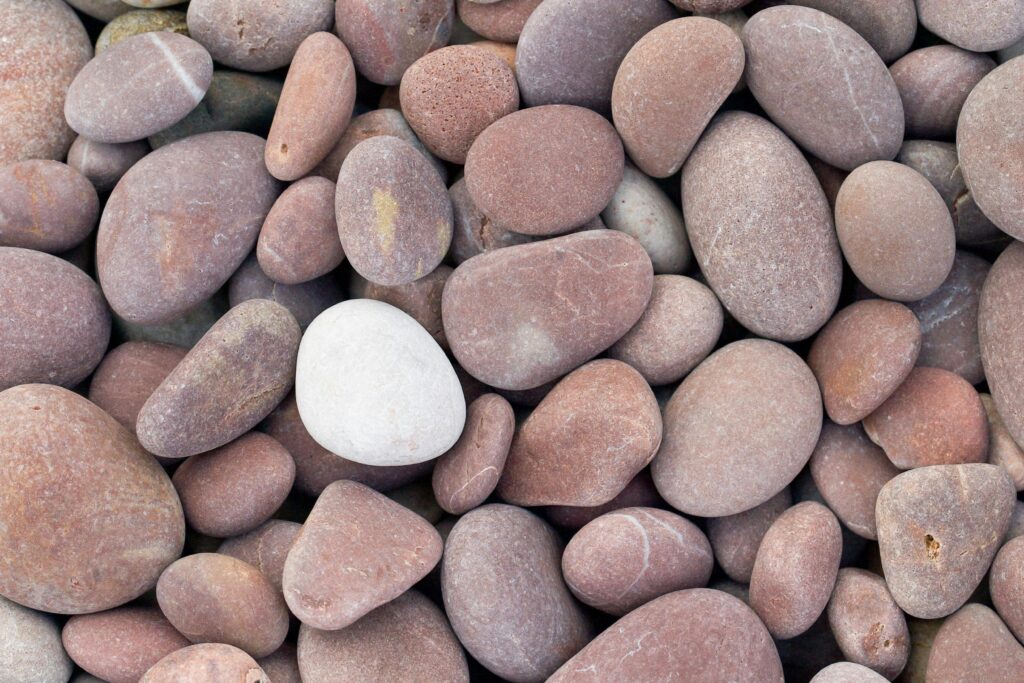
Decorative Landscaping Stone
Decorative Landscaping Stone one of the most enjoyable and rewarding ways to enhance the beauty of your home or business. When you want to take your garden or yard to the next level, using decorative landscaping stone can do wonders. It’s a practical, durable, and visually appealing solution that adds texture, contrast, and structure to your outdoor spaces.
In this article, we’ll explore everything you need to know about decorative landscaping stone, from the types available to how to use them creatively. Let’s dive into the world of stone and find out how you can transform your outdoor spaces with this timeless material.
What is Decorative Landscaping Stone?
Decorative landscaping stones are stones specifically chosen for their visual appeal and practical use in gardens, yards, and landscaping projects. Unlike construction-grade stones, these stones are carefully selected for their color, texture, and size, making them perfect for enhancing the aesthetic of your outdoor spaces.
Landscaping stones come in many different forms, including rocks, pebbles, gravel, and boulders. The options are endless, and the right choice depends on your design goals, whether you’re looking to create a zen garden, build a pathway, or simply add an eye-catching feature to your lawn.
How to Use Decorative Landscaping Stones
Decorative Landscaping Stone offer endless possibilities for creative landscaping. Here are a few ideas for incorporating them into your garden:
1. Create Pathways and Walkways
One of the most common uses for decorative stones is creating pathways. Stones like flagstone, cobblestone, or crushed granite are great for laying out paths that connect different areas of your garden. You can arrange stones in a uniform or irregular pattern, depending on the look you’re going for. To ensure your stones stay in place, use a mortar or a gravel base as a foundation.
2. Add a Rock Garden
Rock gardens are an easy and low-maintenance way to bring some texture and color into your landscaping. Use a combination of different stones like river rocks, pebbles, and boulders to create a layered rock garden that mimics natural terrain. Add succulents, cacti, and hardy plants for an earthy, desert-inspired look.
3. Build Retaining Walls
For sloping or uneven landscapes, retaining walls made of decorative stones like limestone or natural flagstone can be both functional and beautiful. These walls help prevent soil erosion while also creating a structured and visually appealing feature.
4. Enhance Water Features
Stones and water go hand in hand. Whether you’re building a pond, waterfall, or fountain, decorative stones can enhance the natural look of the water feature. Larger stones like boulders can frame the water, while smaller stones like pebbles or river rocks can be used to line the bottom or edge of the feature.
5. Fill Garden Beds
You can use decorative stones to fill in garden beds, either as a mulch alternative or as a decorative top layer. Pea gravel, crushed stone, and small river rocks work best for this purpose. They reduce weeds, help with water drainage, and give your plants a beautiful, polished look.
Decorative Landscaping Stones
Installing decorative stones in your landscape can be a straightforward process when approached with careful planning. To help ensure the job is done efficiently, here are a few essential tips:
1. Plan Your Design
Before diving into installation, it’s important to plan your design. First, decide on the type of stone you’ll be using, as well as the pattern and layout. This will help you visualize the final outcome and ensure that you have enough material for the entire area.
2. Prepare the Site
Next, prepare the site by clearing the area of weeds, grass, and debris. Doing so will provide a clean, stable foundation for your stones, which is crucial for a successful installation. Without this step, the stones may not sit evenly or securely.
3. Use a Base Layer
When installing stones in areas that will bear weight, such as pathways, always use a base layer of crushed stone or gravel. This layer provides added stability and prevents the stones from shifting over time, which can lead to uneven surfaces.
4. Level the Surface
Additionally, ensure that the surface is level. If the surface is uneven, the stones may not sit properly, causing them to shift, sink, or become dislodged in the future. Take the time to level the ground before proceeding.
FAQS
- What type of stone is best for pathways?
Flagstone, crushed granite, and cobblestone are all excellent choices for pathways. Flagstone, with its natural and rustic look, creates a charming aesthetic. On the other hand, crushed granite is perfect for durability and provides great drainage. Meanwhile, cobblestones offer a classic and durable option, ideal for more traditional pathways. - How do I prevent weeds from growing through stones?
To prevent weeds, it’s effective to lay a weed barrier fabric under the stones. This fabric will block weed growth while still allowing water to flow through, keeping your landscaping clean and well-maintained. - Can I use decorative stones around my pool?
Absolutely! River rocks, pea gravel, and flagstone are all fantastic choices for poolside landscaping. Not only do they create a non-slip surface, but they also add a natural and organic look to your pool area, enhancing its overall aesthetic. - Are decorative stones expensive?
The cost of decorative stones varies based on the type and quantity you need. Generally, materials such as pea gravel and crushed granite are more affordable, while stones like flagstone and cobblestone tend to be pricier due to their unique appearance and durability. - How do I clean decorative stones?
To clean decorative stones, simply rinse them with a hose or use a pressure washer for more thorough cleaning. For stubborn stains, a mild soap solution and a gentle scrub will usually do the trick, keeping your stones looking fresh and appealing.





